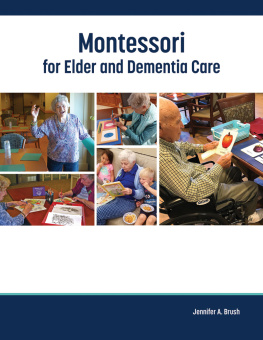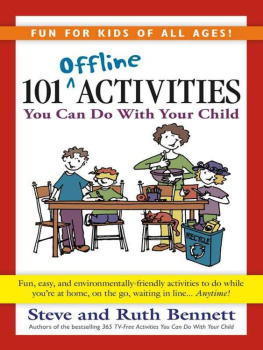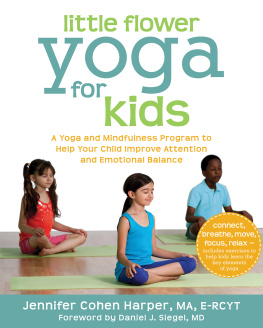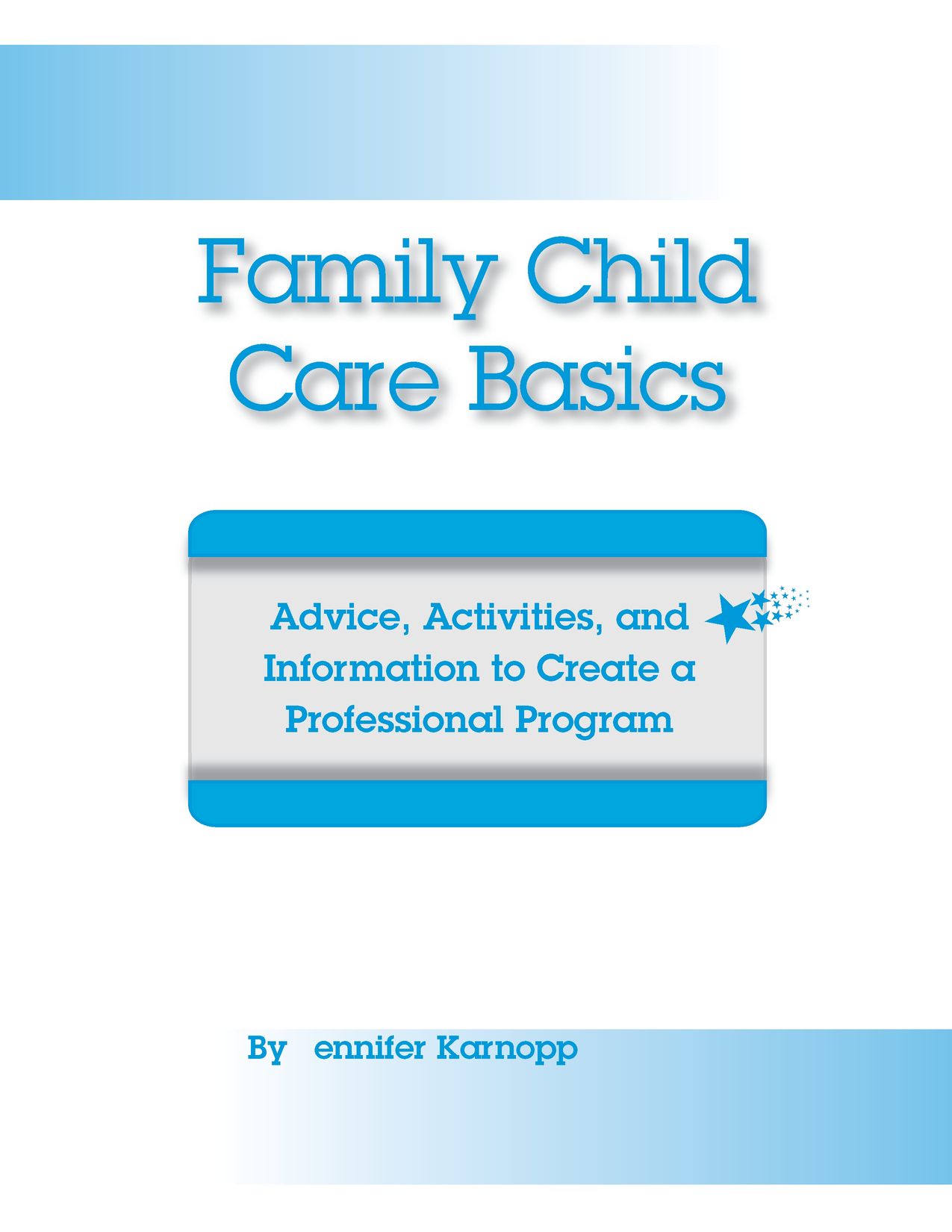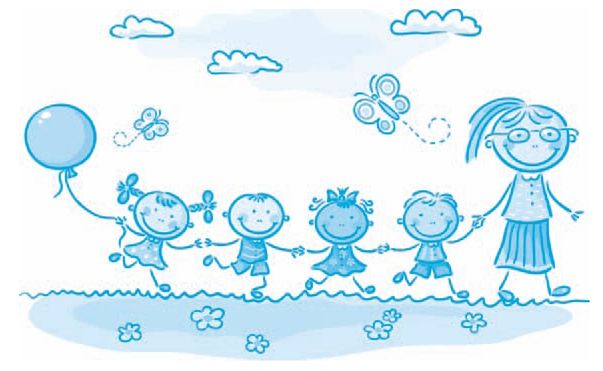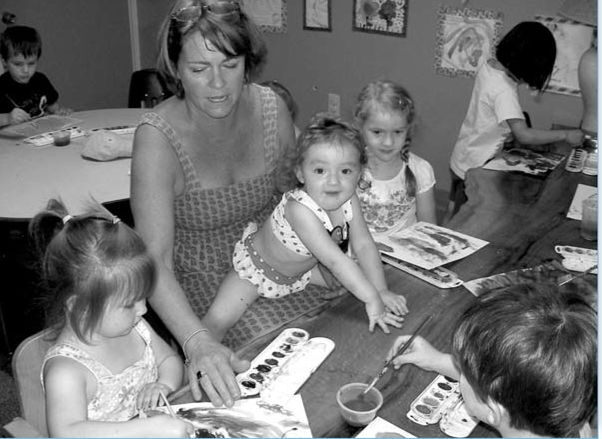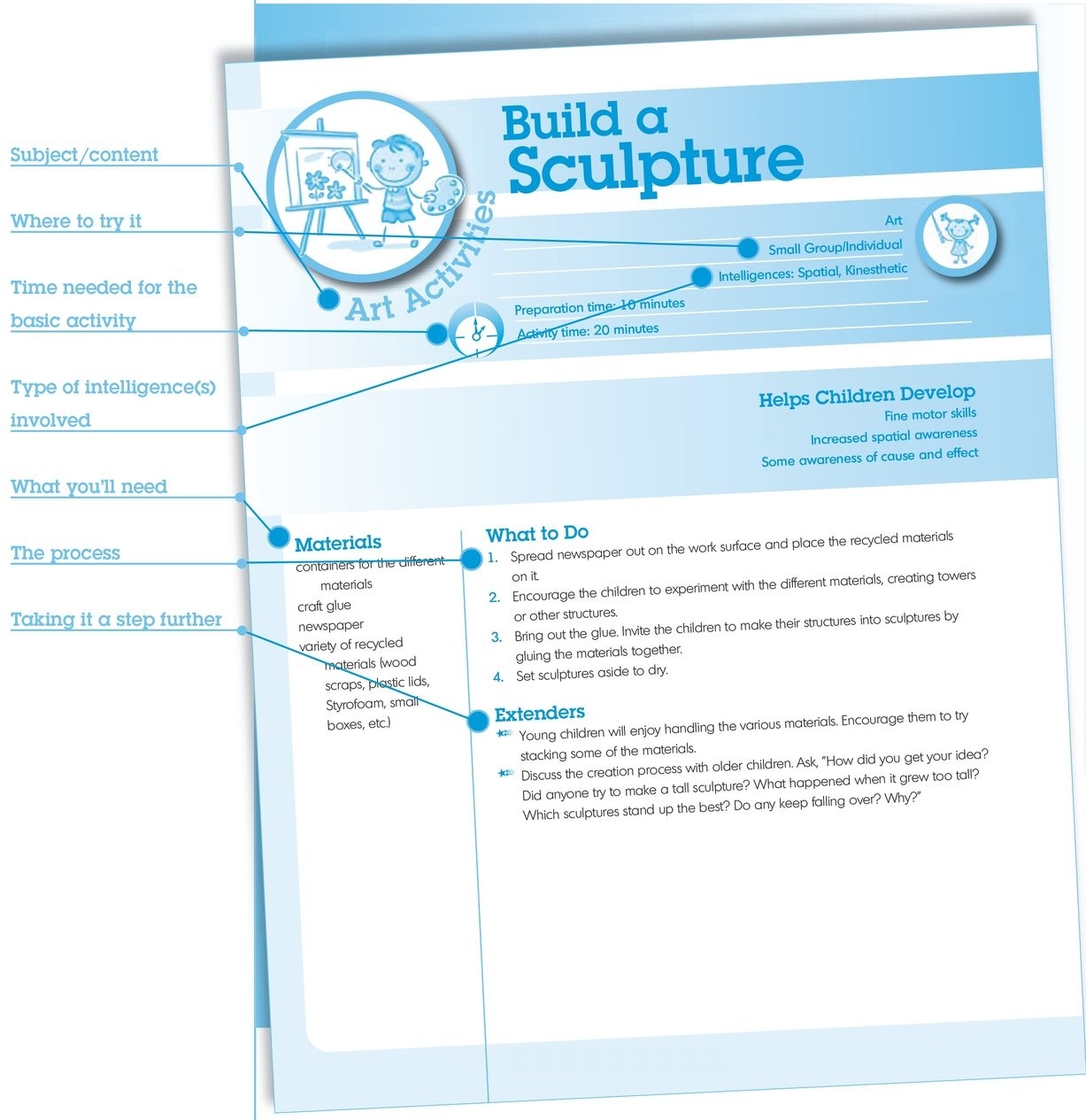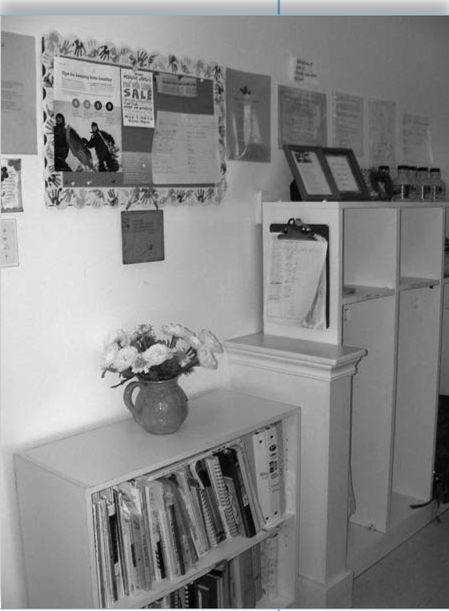Table of Contents
This book is dedicated to all of the wonderful family child care providers who shared their homes and their stories with me, and to my husband and children for their endless support, love and patience.
Bulk purchase
Gryphon House books are available for special premiums and sales promotions as well as for fund-raising use. Special editions or book excerpts also can be created to specification. For details, contact the Director of Marketing at Gryphon House.
Disclaimer
Gryphon House, Inc. and the author cannot be held responsible for damage, mishap, or injury incurred during the use of or because of activities in this book. Appropriate and reasonable caution and adult supervision of children involved in activities, and corresponding to the age and capability of each child involved, is recommended at all times. Do not leave children unattended at any time. Observe safety and caution at all times.
Every effort has been made to locate copyright and permission information.
Introduction
Now that you have decided to open a child care business in your home, and you have researched and fulfilled the licensing requirements in your area, what comes next? Whether you are new or experienced in the field of early education and care, this book is your guide to creating a quality program.
Getting Started
The first part of this book explains how to create an effective child care environment in your home. Indoor and outdoor play areas are discussed, along with spaces you may want to consider for the business aspect of your child care. Learning how to plan your day, including how to set up a routine and plan activities, is also an important part of running a quality program. In here you will find brief summaries of current ideas about teaching and learning to help you create an effective routine and curriculum. A quick overview of child growth and development has also been included as a reference for you to use when planning activities for the children in your care. The last section of this Introduction includes basic reproducible forms. Once you know how you would like to run your program, its time for the activities!
Activities
The activities are divided into the following subject areasLanguage and Literacy, Social/Emotional, Math, Science, Art, Sound and Music, and Dramatic Play. For each activity, the subject area is highlighted and has a corresponding icon. You will also find a suggestion about where in the room to do the activity, how long any preparation might take, how long the activity will take to do with the children, and the multiple intelligences addressed by the activity. (See page 18 for more information about multiple intelligences.) Keep in mind, the times are approximations. They will vary depending on the number of children in your program, as well as on other factors specific to the children in your care.
Helps Children DevelopEach activity begins with a description of its specific purpose to help you select the one that best suits your needs.
MaterialsA list of the materials you need for each activity. Most of these are items that you will have on hand already.
What to DoThe steps take you through each activity. We recommend you read the steps through thoroughly before trying any new activity with the children.
ExtendersSome activity extenders are variations on the activity to meet the needs of children of different ages. Others provide interesting ways to build upon the activity.
DOING ACTIVITIES WITH CHILDREN
The activities in this book invite children to explore their environment. At a glance they may seem simple, but to a child just discovering a new concept, these simple activities are gateways to a deeper understanding of our world. Make the most of each activity by encouraging childrens exploration. Dont rush children through an activity. Invite them to try the same activity several times. Young children love repetition; they discover something new each time. Take things a step further by asking open-ended questions about the activity. Even something as simple as telling a child what you are observing her do, I see you are holding the magnifying lens right over the flower, can be the beginning of a conversation or even a new discovery for that child.
Open-Ended Questions Open-ended questions are a great way to extend and expand childrens experiences. This kind of question has more than one possible answer and often begins with who, what, when, why, or how. Examples: What else do you think a spider might eat? How could we make this bigger?
Setting Up Your Environment
THINGS TO THINK ABOUT
Your home is now also your business. New demands will be put upon your existing space. Parents need a place where they can safely park the car and unload their children. The children you are caring for will need both indoor and outdoor play spaces. They will need access to bathrooms, an area to eat, and someplace to put their personal belongings. Young children also need a place to rest. You need a space to take care of business matters with parents and keep your business records. At the same time, you and your family need your own private space.
Look at the space you have, the traffic patterns in the house and the various needs of your new business. Keep in mind areas youd like to keep off limits for privacy or safety reasons. Think about how the children will arrive each morning, leave each afternoon, and where the majority of their day will be spent. You may find it helpful to plot your space on graph paper to get a clearer picture of how to use the space you have.
THE ENTRANCE
When children enter your home, they are entering a place that promises to keep them safe and content in their parents absence. It is here that your daily routine begins. Depending on the space you have, the entrance may or may not be right at your front door. Wherever it is, consider how you can create a welcoming reception area for children and parents.
This entrance includes a bulletin board with information for families, a sign-in sheet, and cubbies for childrens personal belongings.
Somewhere near the door you will want to have a place for children to put their personal belongings. This could be anything from hooks for coats and bags to ready-made cubbies marked with each childs name. Some other ideas include colorful plastic bins, crates, or even cardboard boxes painted or covered with contact paper.


